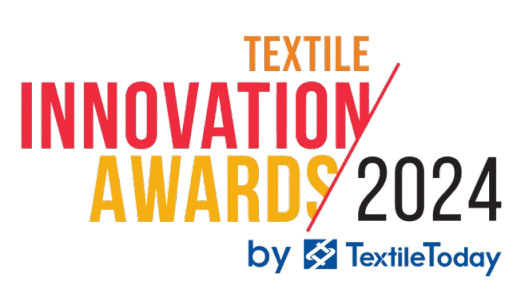TEXTILE INNOVATION AWARDS by TEXTILE TODAY
Recognition Categories with Actionable Criteria
Innovation in Process
(Spinning/ Knitting/ Weaving/ Dyeing/ Washing/ Printing/ Embroidery/ Garmenting)
a) Efficiency Improvement: Measurable increase in production speed or reduction in resource use, and operational excellence.
b) Process Simplification: Steps eliminated or streamlined to reduce complexity.
c) Quality Enhancement: Higher-quality output with fewer defects or variations.
d) Scalability: The ability to scale up the process without major investment or overhauls.
Innovation in Product Development
a) Novelty: Introduction of a new product or a significant improvement in an existing product.
b) Market Impact: Proven or projected demand and acceptance in the target market, or Customer-Centric designs that better meet customer needs or preferences
c) Sustainability Features: Embed product designs with sustainability as a priority.
d) Cost-Effectiveness: Innovative approaches that reduce the cost of production or end product.
Innovation in Marketing & Market Development
a) Creative Initiatives: Use of unique strategies or functions to reach new or existing customers.
b) Market Penetration: Successful entry into new markets or expansion within existing markets.
c) Brand Differentiation: Use of innovative marketing to clearly distinguish the brand from
competitors.
d) Data-Driven Approaches: Implementation of analytics or customer insights to enhance
marketing outcomes.
Innovation in Technology
a) Technological Advancement: Introduction of new or significantly improved technology. Use of automation to reduce labor, time, or cost in manufacturing.
b) Impact on Production: Demonstrable improvements in speed, quality, or cost reduction through technology.
c) Integration and Usability: Ease of integration with existing systems and usability in daily operations.
d) Sustainability: Use of technology that reduces energy consumption or minimizes waste.
Innovation in HR Development/Organizational Development (OD)
a) Talent Development: Innovative programs for employee skill enhancement, learning, or career growth.
b) Organizational Transformation: Significant improvements in organizational culture or structure.
c) Employee Engagement: Creative approaches to improving employee motivation and retention.
d) Culture of Innovation: Practices that promote a capacity building and innovative working environment.
Innovation in Environmental Sustainability
a) Resource Conservation: Reduction in water, energy, or material use during production.
b) Waste Reduction: Minimization or innovative reuse of production by-products.
c) Eco-Friendly Materials: Use of sustainable, biodegradable, or recycled materials.
d) Environmental Impact: Measurable reduction in environmental footprint (e.g., carbon emissions).
Innovation in Social Sustainability
a) Community Engagement: Programs or initiatives that positively impact local communities.
b) Fair Labor Practices: Innovation in improving labor conditions, wages, or worker rights.
c) Supply Chain Transparency: Ethical sourcing and transparency in the production process.
d) Social Responsibility: Contributions towards social causes or community welfare.
Innovation in Manufacturing
(Chemicals/ Denim/ Spinning/ Knitting/ Weaving/ Dyeing/ Washing/ Printing/ Embroidery/ Garmenting/ Accessories, etc)
a) Manufacturing at Home: Products those are imported largely; now manufacturing locally that helps reduce SCM time and dependence.
b) Customization and Flexibility: Ability to offer customized or varied product offerings at scale.
c) Resource Consumption in Production: Use of environmental friendly or energy-efficient manufacturing methods in product value chain.
d) Meeting Standards: Conformance with the related standards and qualities in manufacturing, and product levels
